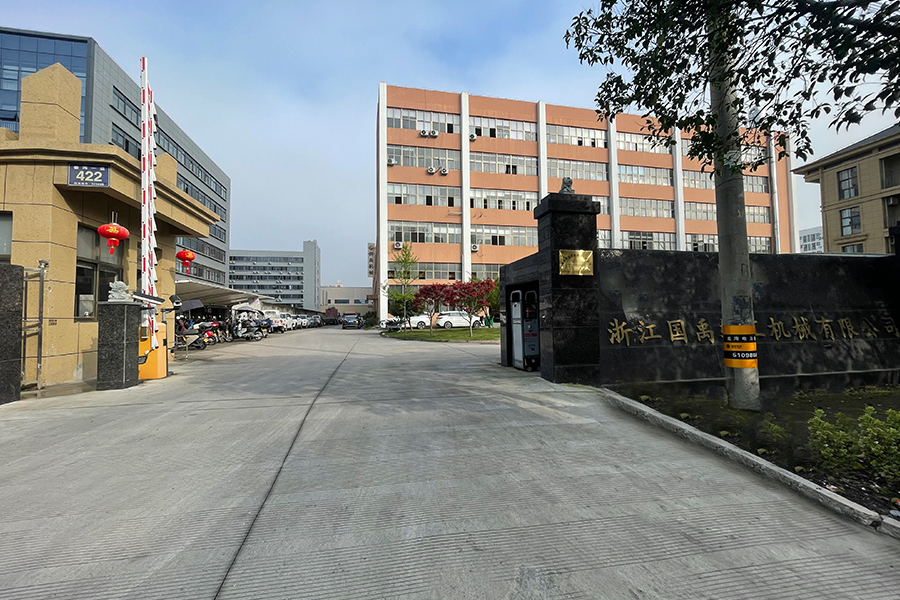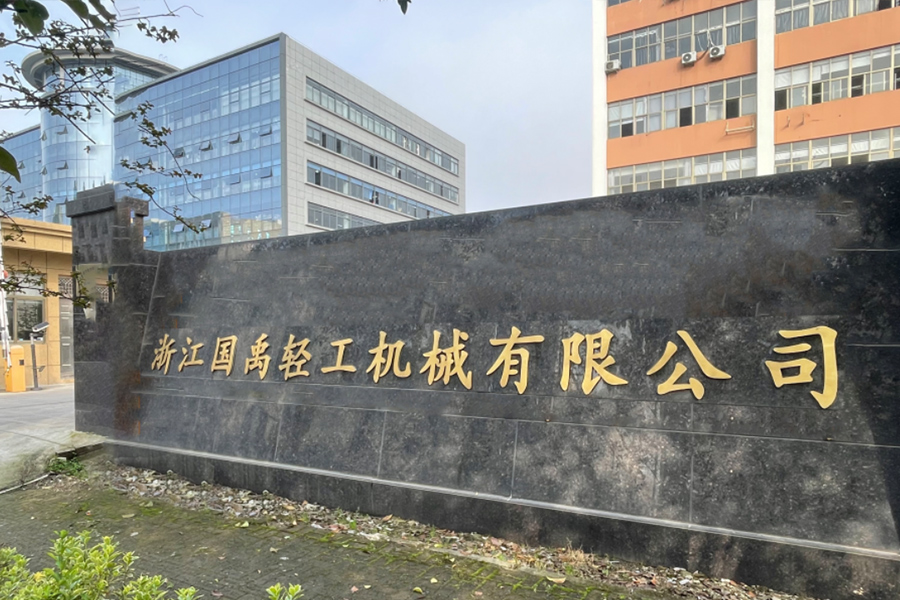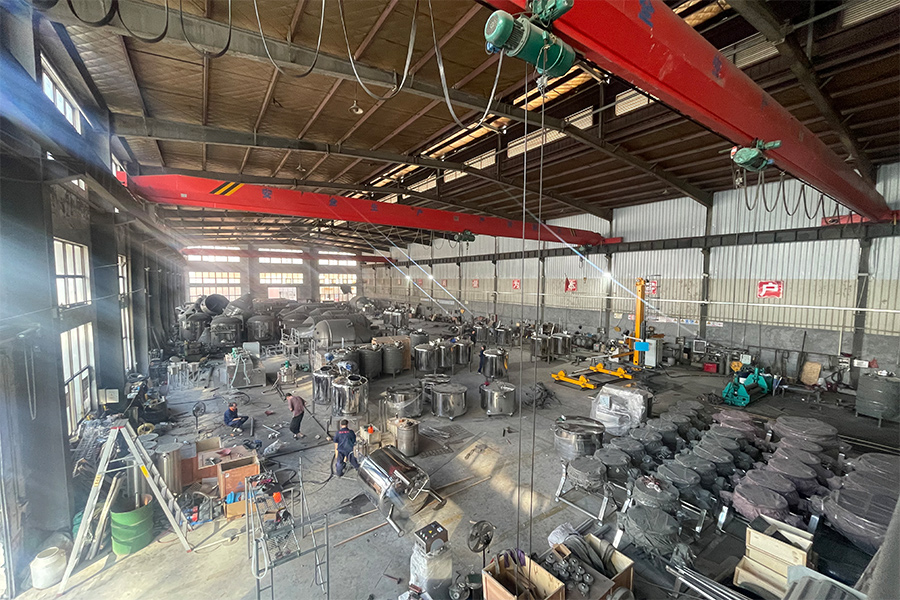-
 [email protected]
[email protected]
-
 +86-13706666922
+86-13706666922

In the field of industrial production, the horizontal vacuum liquid mixing tank has become an essential piece of equipment. It is widely used in various industries such as chemical, pharmaceutical, food, and cosmetics, playing a crucial role in the mixing and blending of different liquids.
The design of the horizontal vacuum liquid mixing tank is highly sophisticated. It typically features a horizontal cylindrical tank body, which provides a large mixing space and ensures uniform mixing of the liquids. The tank is equipped with a vacuum system that can create a low-pressure environment inside. This vacuum condition helps to prevent the entry of air and impurities, ensuring the purity and stability of the mixture. It is particularly important in industries where the quality and consistency of the final product are of utmore importance.
The mixing mechanism of the tank is also highly efficient. It usually consists of multiple agitators or impellers that are strategically placed inside the tank. These agitators rotate at different speeds and directions, creating a strong turbulence and shear force. This ensures that the liquids are thoroughly mixed and homogenized, even if they have different viscosities or densities. The mixing process can be precisely controlled by adjusting the speed and direction of the agitators, as well as the duration of the mixing cycle.
One of the significant advantages of the horizontal vacuum liquid mixing tank is its ability to handle a wide range of liquid materials. It can be used for mixing both low-viscosity liquids such as water and ethanol, and high-viscosity liquids like oils and pastes. This versatility makes it suitable for various production processes and applications. In the chemical industry, it can be used for the production of emulsions, suspensions, and solutions. In the food industry, it is commonly used for mixing ingredients in sauces, dressings, and beverages. In the pharmaceutical industry, it is essential for the preparation of liquid medications and ointments.
Another advantage of the horizontal vacuum liquid mixing tank is its ease of operation and maintenance. The tank is usually equipped with an automated control system that allows for precise monitoring and control of the mixing process. Operators can easily set the parameters such as mixing speed, time, and vacuum pressure through a user-friendly interface. The tank is also designed for easy cleaning and maintenance. It can be easily disassembled and reassembled, allowing for thorough cleaning and inspection of the internal components. This helps to ensure the hygiene and safety of the production process, especially in industries such as food and pharmaceuticals.
Moreover, the horizontal vacuum liquid mixing tank is known for its energy efficiency. The advanced mixing technology and optimized design ensure that the mixing process is carried out in a highly efficient manner, reducing the energy consumption compared to traditional mixing methods. This not only helps to lower the production costs but also contributes to environmental sustainability.
In conclusion, the horizontal vacuum liquid mixing tank is a highly efficient and versatile piece of equipment that offers numerous advantages in the mixing and blending of liquids. Its advanced design, precise control, and ease of operation make it an indispensable tool in various industrial production processes. With its ability to ensure the quality and consistency of the final product, it plays a vital role in meeting the demands of modern industries.







